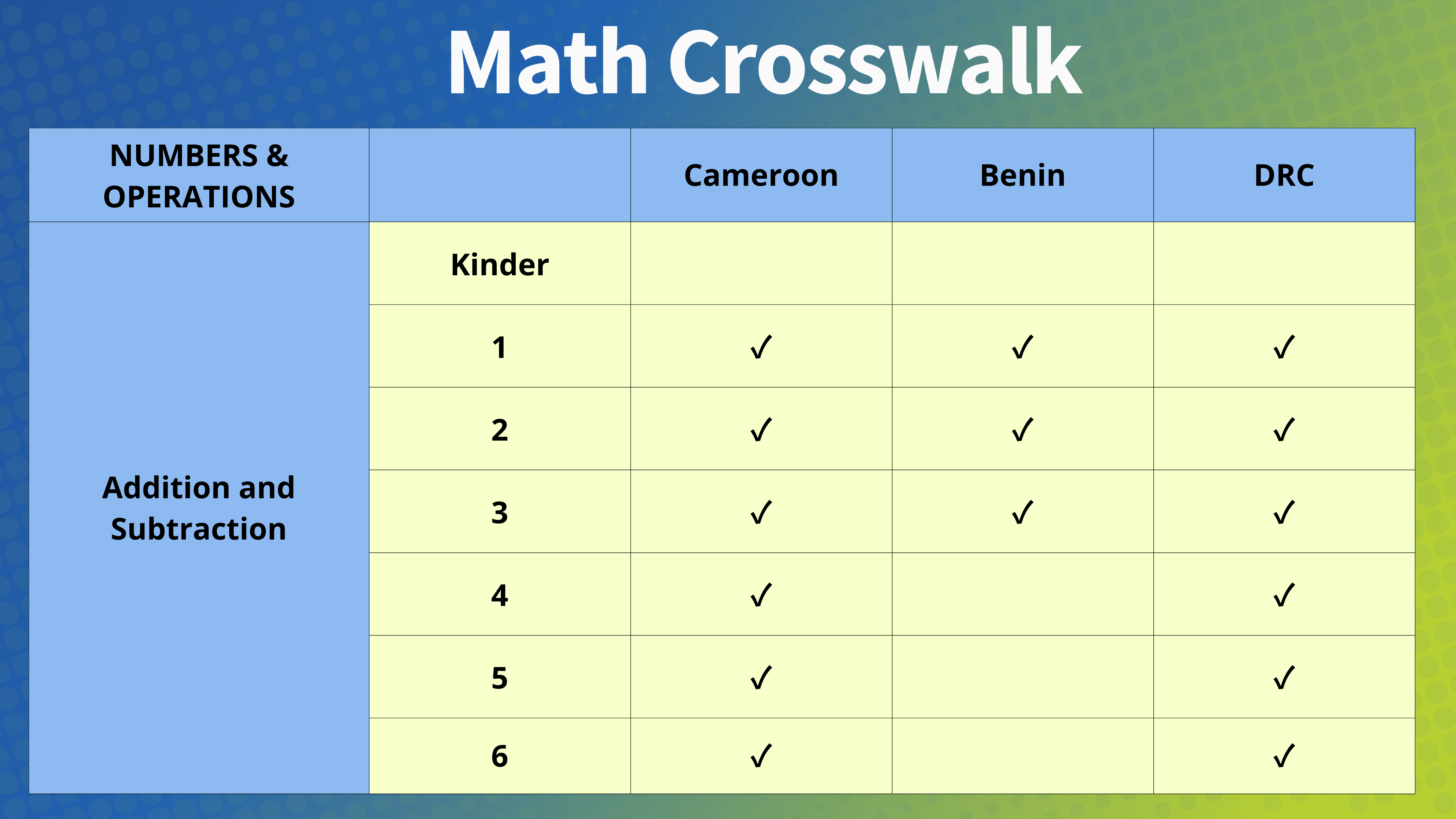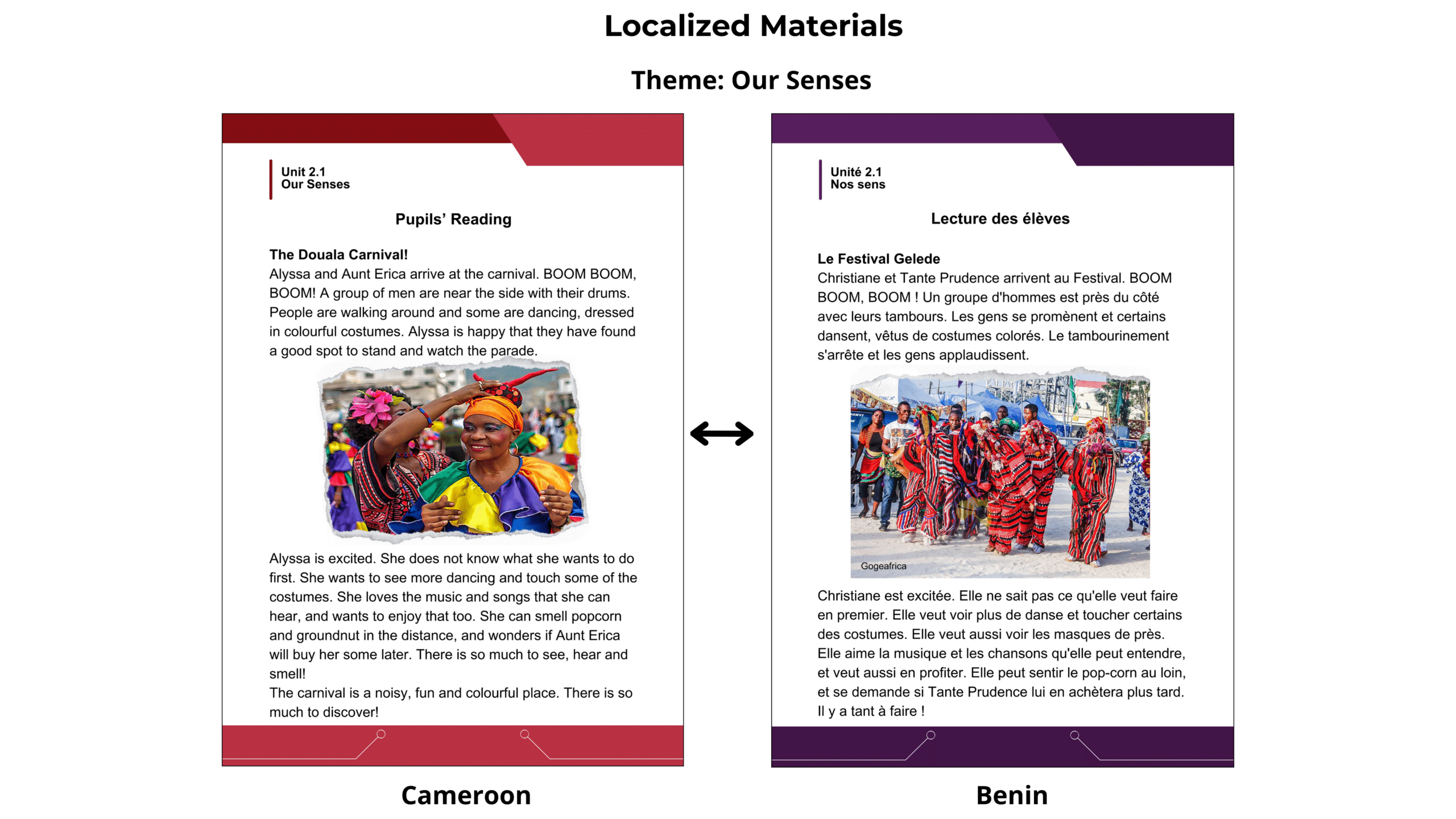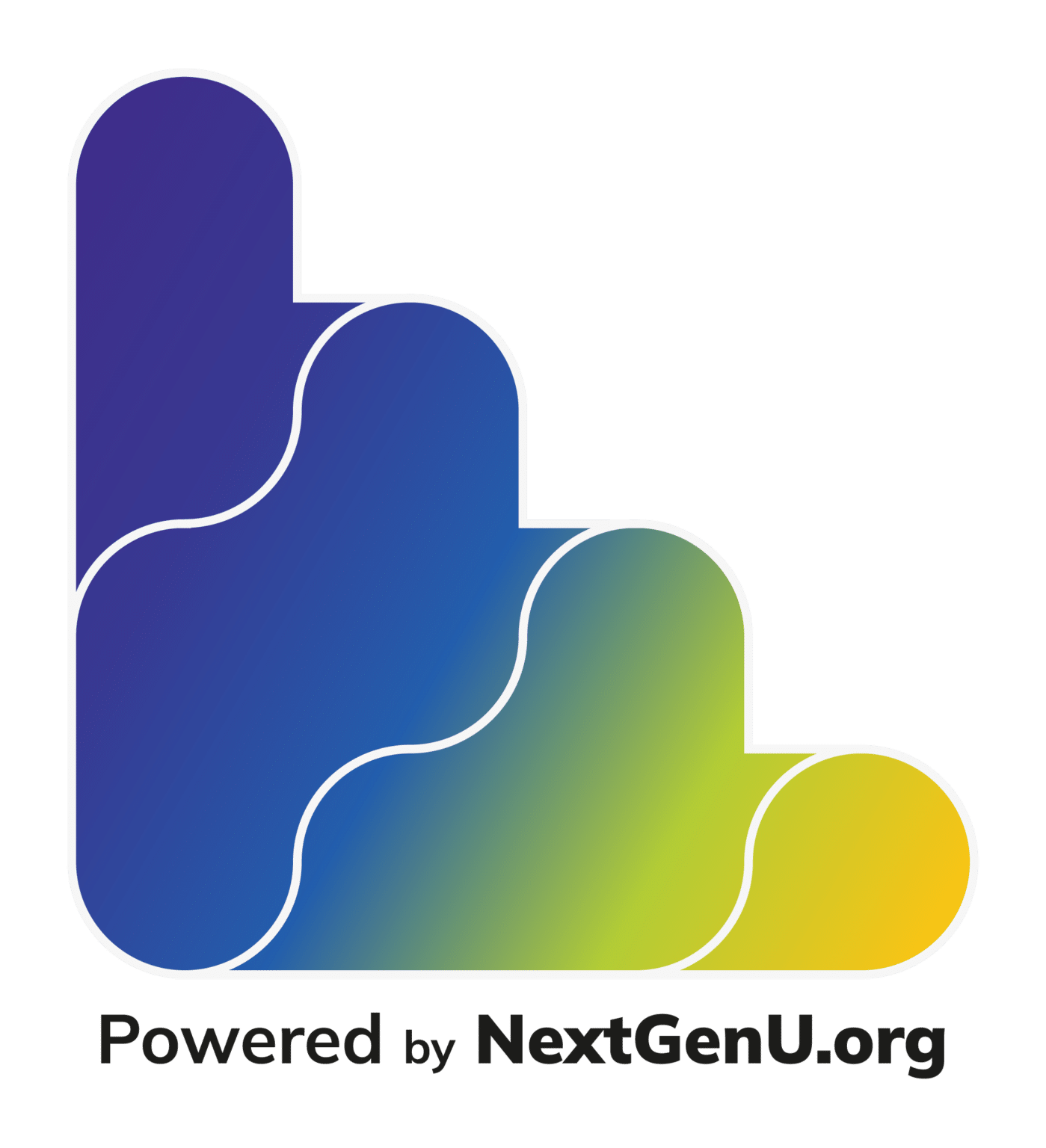In November 2024, the STEPS initiative took the stage at the Continental Symposium for Educational Research and Innovation in Addis Ababa. This event brought together educators, policymakers, and researchers to discuss ways to improve education in resource-limited settings. STEPS was proud to share its work through three presentations, including a poster that highlighted practical solutions to some of the biggest challenges in math and science education across Sub-Saharan Africa. This blog kicks off a series where we’ll explore each of these presentations, beginning with the poster.

Open Educational Resources and Equity in STEM Education
One of STEPS’ key contributions at the symposium was a poster titled Open Educational Resources and Equity in STEM Education: The STEPS Initiative by Miriam Chickering and Erica Frank.
This presentation focused on how Open Educational Resources (OER) can help close the gaps in STEM education for primary schools. It walked attendees through the process used by STEPS of creating and adapting OER to align with the national curricula of the current STEPS country partners – Benin, Cameroon, and the DRC. The poster also illustrated the impact of artificial intelligence in content development and highlighted how teachers using these resources reported increased confidence and improved student engagement.
At its core, the poster reflected STEPS’ broader mission: making high-quality STEM education accessible to all students, no matter where they live. By developing culturally relevant and locally adapted OER, STEPS is actively addressing barriers that have long hindered effective STEM instruction in these regions.
Identifying Gaps Through Curriculum Crosswalks
One major component featured in the poster was the curriculum crosswalk, a method STEPS used to compare national STEM education standards in Benin, Cameroon, and the DRC with international benchmarks. This process revealed critical gaps in existing curricula and allowed STEPS to design flexible, high-quality learning materials tailored to the needs of students and educators in each country.

The Role of AI in Scaling Educational Resources
Another key theme was the role of artificial intelligence in content creation. AI tools, such as ChatGPT, played a crucial role in generating, translating, and adapting educational materials at an unprecedented scale. This innovative approach led to a dramatic expansion of content creation and a significant decrease in development costs. Despite the use of these technological advancements, local educators and experts remained at the heart of the process, refining and contextualizing the materials to ensure they were relevant and engaging for students.
Real-World Impact in Classrooms
The results of these efforts have been significant. Since its inception, STEPS has:
- Adapted and created curriculum materials to fit local needs.
- Reached over 6,000 students, with even more expected as the initiative continues to grow.
- Equipped teachers with better tools and strategies to improve STEM instruction.
- Enhanced student engagement and learning outcomes by incorporating relatable, real-world examples into the curriculum.

Looking Ahead
The symposium was an opportunity for STEPS to showcase its work and reinforce the importance of collaborating on localized educational content. By continuing to refine its resources based on teacher and student feedback, STEPS is helping ensure that every child—regardless of their background—has the opportunity to thrive in STEM subjects.
This is just the first in a series of blog posts covering STEPS’ presentations at the symposium. Stay tuned as we dive into the other two presentations and explore more ways STEPS is driving change in STEM education.
For more information about the STEPS initiative and its resources, visit NextGenU.org.
For more information about the poster presentation, click here.
